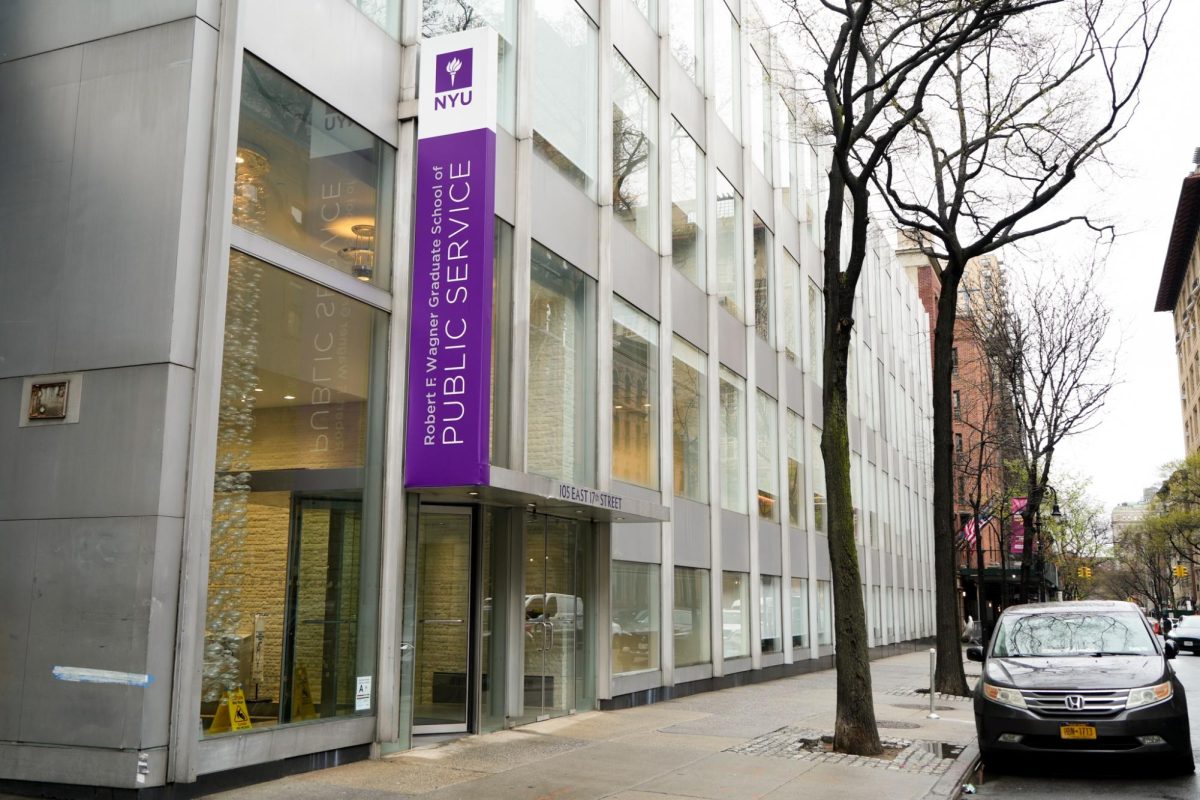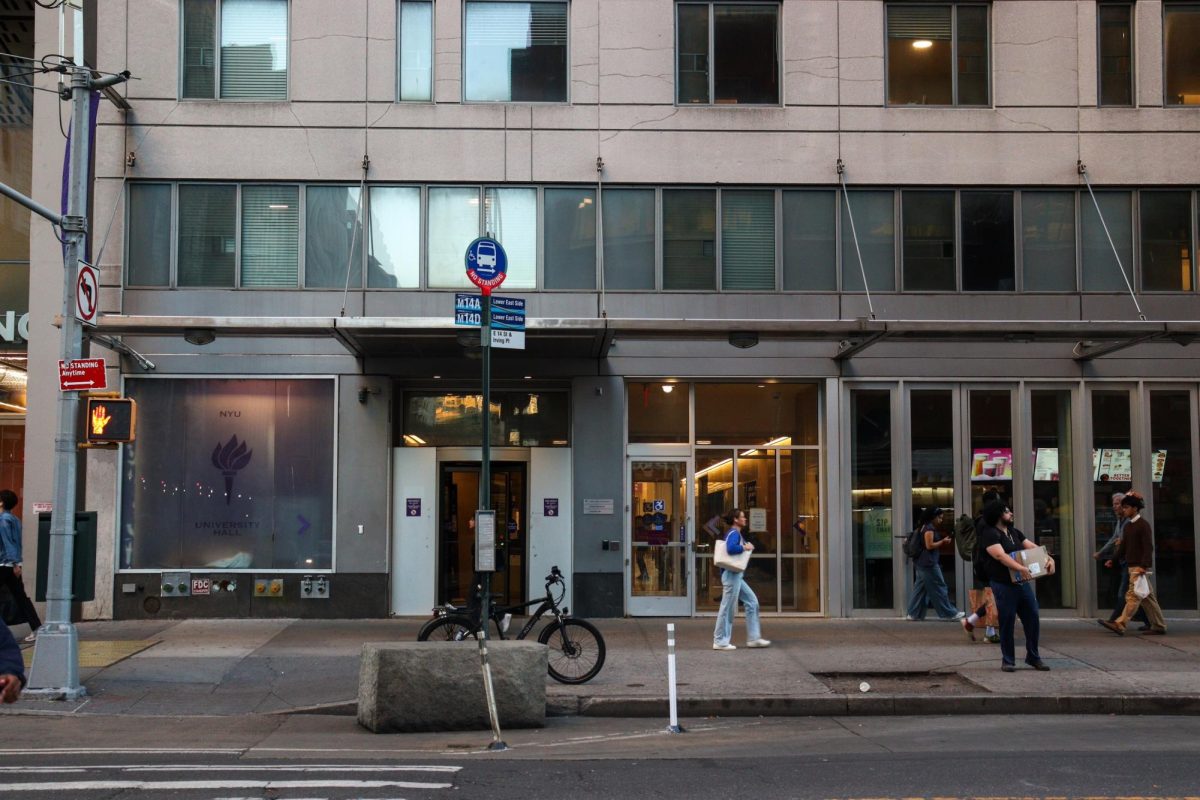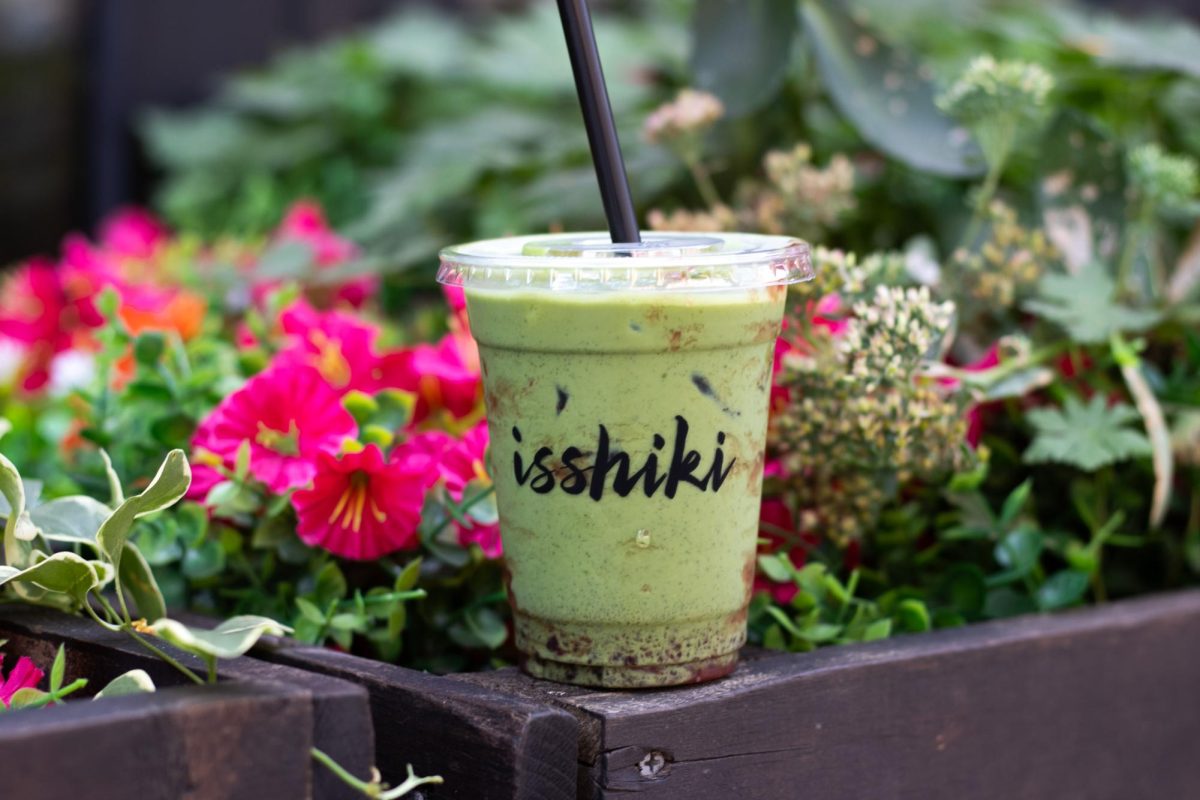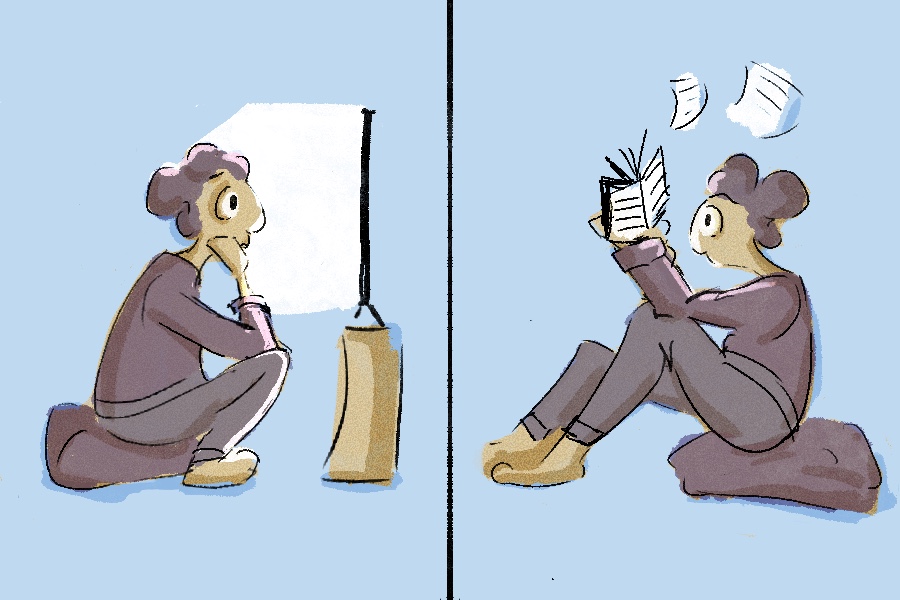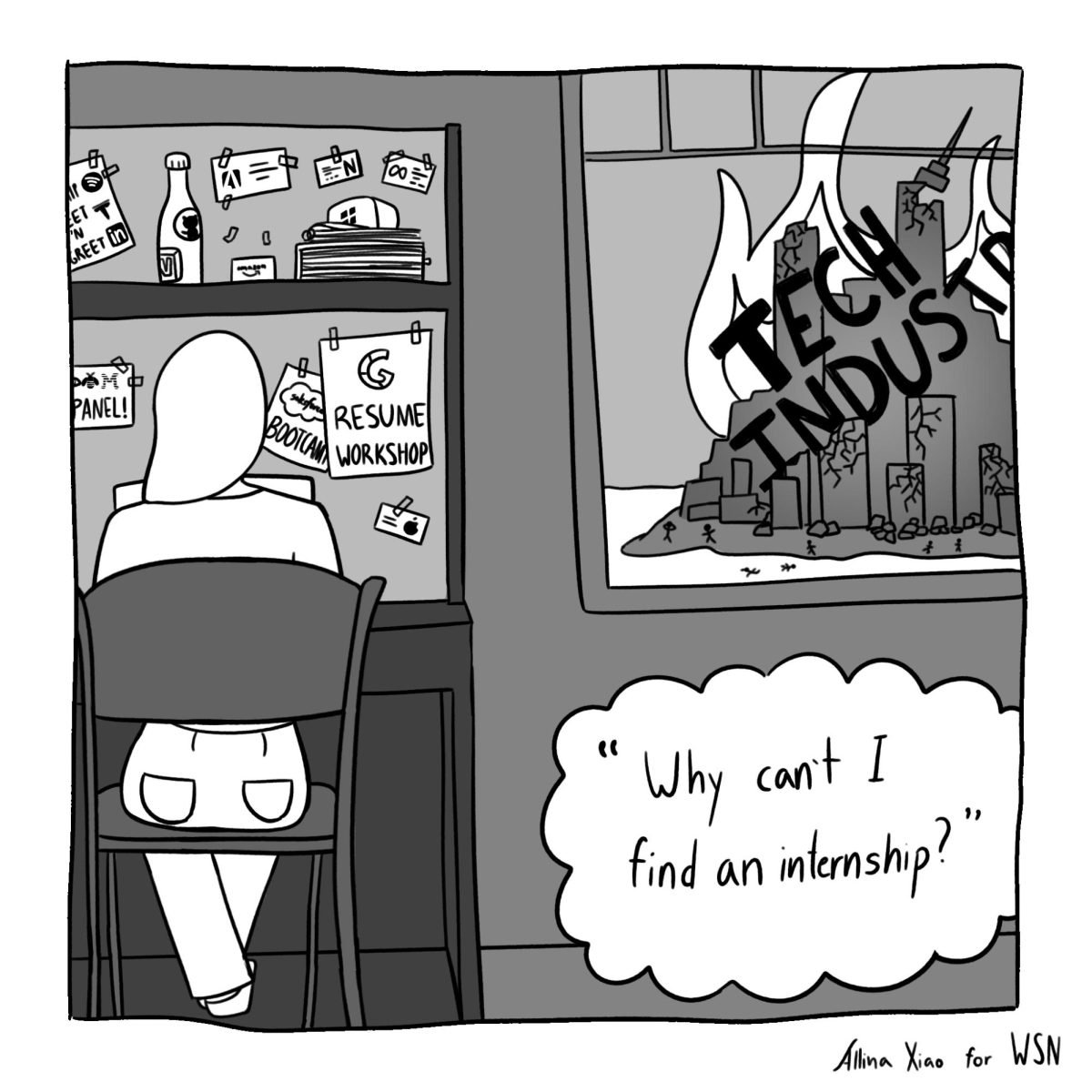Last Thursday, Washington Square News writer Sasha Leshner wrote an article titled “Fashion Week Distorts Female Beauty” that condemning the fashion industry’s emphasis on ultra-thin models. In light of fashion week, I’ve been spending time looking at runway shows, draping over issues of Vogue and looking at super artsy photographs of beautiful girls on Tumblr. And what do they all have in common? All I see are thin models. The thinnest of the thin. Which is perfectly fine.
The fashion industry, including both designers and models, is a professional environment ultimately working to sell a product: clothing. There is no problem with realizing and benefiting from the fact that slapping clothes on a thin girl sells more than slapping clothes on a thick girl. The consensus, of both the fashion industry and general public, is that clothing is most effectively sold by using thin models.
I am a strong advocate for health and by no means would condone an industry that promotes sickness in human beings. Sure, models go through various lengths to stay thin. But thin models are not necessarily immoral, nor are they necessarily victims; doing whatever they can to look good in a photograph or on the runway. They are rational human beings perfectly capable of making decisions for themselves. It’s about success, or perhaps just paying the bills. If you have what people want, and can translate that to moving forward, then making use of what you have seems rather smart to me — be it a thin frame or something else.
Most rational beings would agree that beautiful people constitute a wide range of body types. That being said, it is perfectly fine to celebrate a particular body type. Just as opponents of ultra-thin models often choose to celebrate those on the thicker side, it’s equally great to celebrate those on the thinner side. The world of professional modeling prefers skinny because skinny sells; that does not mean that thick, curvy or any other body type is not just as beautiful.
On the same note, equal opportunity is very important, but it’s okay to prefer a certain body type in the context of an industry. To play basketball, it helps if you are tall. To be a gymnast, it helps to be short. To be a model, it helps if you are slender. Athletes, dancers and models all go through various lengths to achieve or refine a specific body type. Being a petite model does not necessarily mean you are on your deathbed, and it certainly doesn’t mean that everyone else in the world should be ultra-thin, too.
We are talking about a business. Models are professionals who are more informed about their work and their bodies than you or I. They are making personal decisions about what they want to do with their lives and how they want to go about them. And when they promote themselves as beautiful, plenty of people agree, and thus the business thrives. The consensus that models should be thin is a mere collective matter of preference, not ethics. To be successful in the fashion industry, some people must make more sacrifices than others. For those who choose not to, it is unfair to judge those who are willing.
A version of this article appeared in the Sept. 10 print edition. Terri Burns is a contributing columnist. Email her at [email protected].














